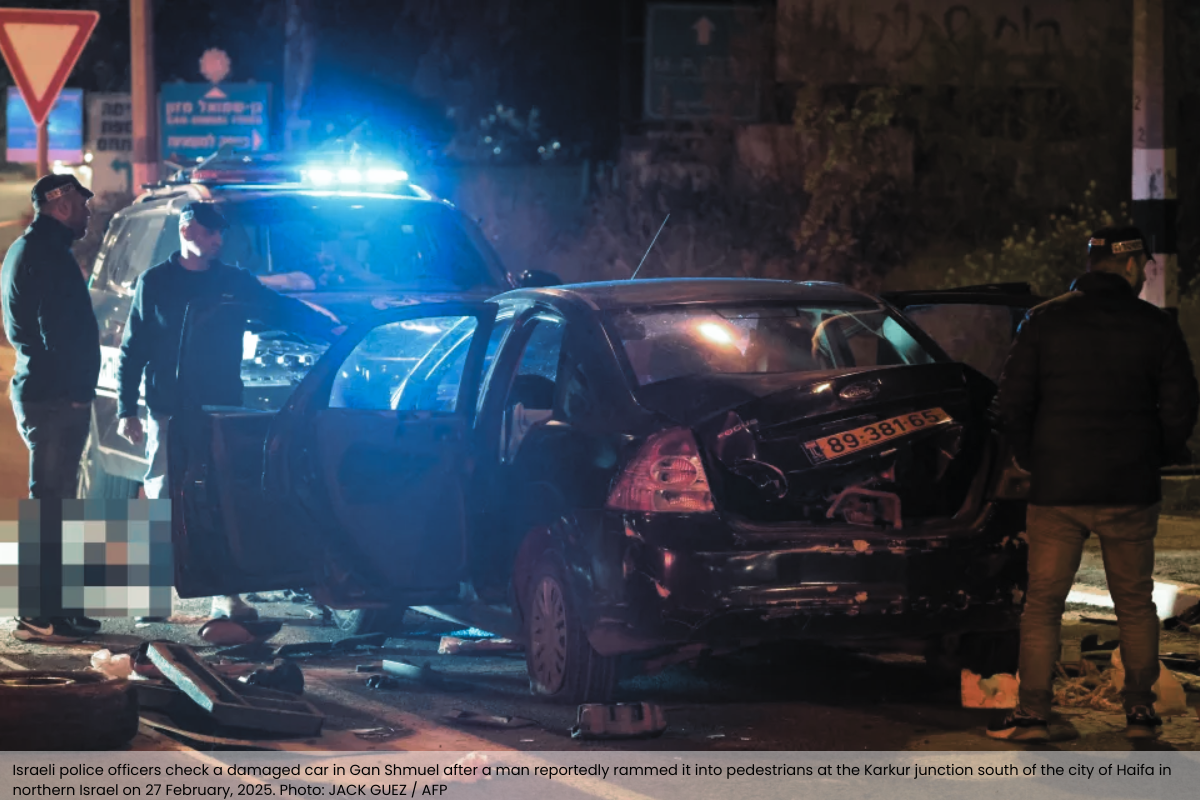Severe Weather Threatens Southern U.S. Amid ‘Omega Block’ Pattern
NEW YORK CITY, An unusual “Omega block” weather pattern is forming across the United States this week, bringing prolonged periods of rain and potential flooding to several regions, particularly the South and Northeast. This stagnant pattern disrupts normal weather flow, leading to heavy precipitation and slow-moving systems. The southern U.S., including cities like New Orleans and Jackson, Mississippi, may receive 3-6 inches of rain, with some areas facing severe thunderstorms and flash flooding due to already saturated ground. The flash flood threat is especially high from Tuesday evening through early Wednesday for over 35 million residents. “Plenty of moisture will be underneath those lows,” FOX Weather Meteorologist Jane Minar said. “It’s a slow-moving pattern that will kind of keep us locked in place with rain.” According to NOAA’s Weather Prediction Center (WPC), the highest flood risk is expected from Tuesday evening through early Wednesday, when more than 35 million people across the southern US will be under Level 2 to Level 3 flash flood threats on the WPC’s 4-point risk scale. Meanwhile, the Northeast, including parts of New York and Connecticut, may benefit from 1-3 inches of rain, potentially alleviating ongoing drought conditions. Areas not affected by these storms will experience drier air and a wide range of temperatures. For example, the northern Plains will see unseasonably warm temperatures, while parts of the Southwest may remain cooler than average. A return to more typical spring weather is anticipated by the upcoming weekend as the jet stream shifts.
Continue Reading









